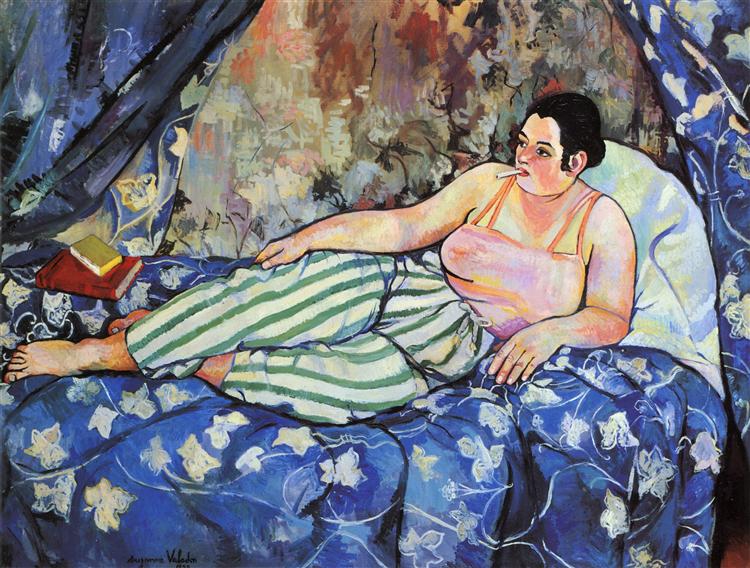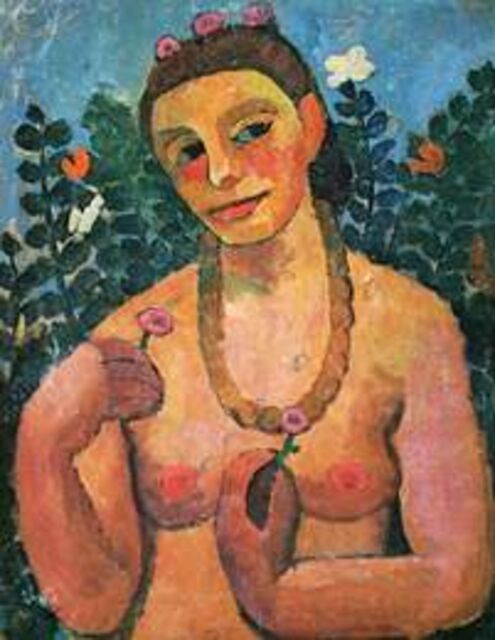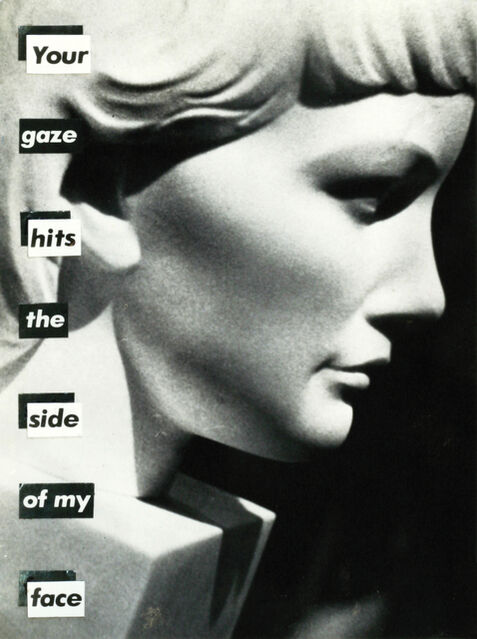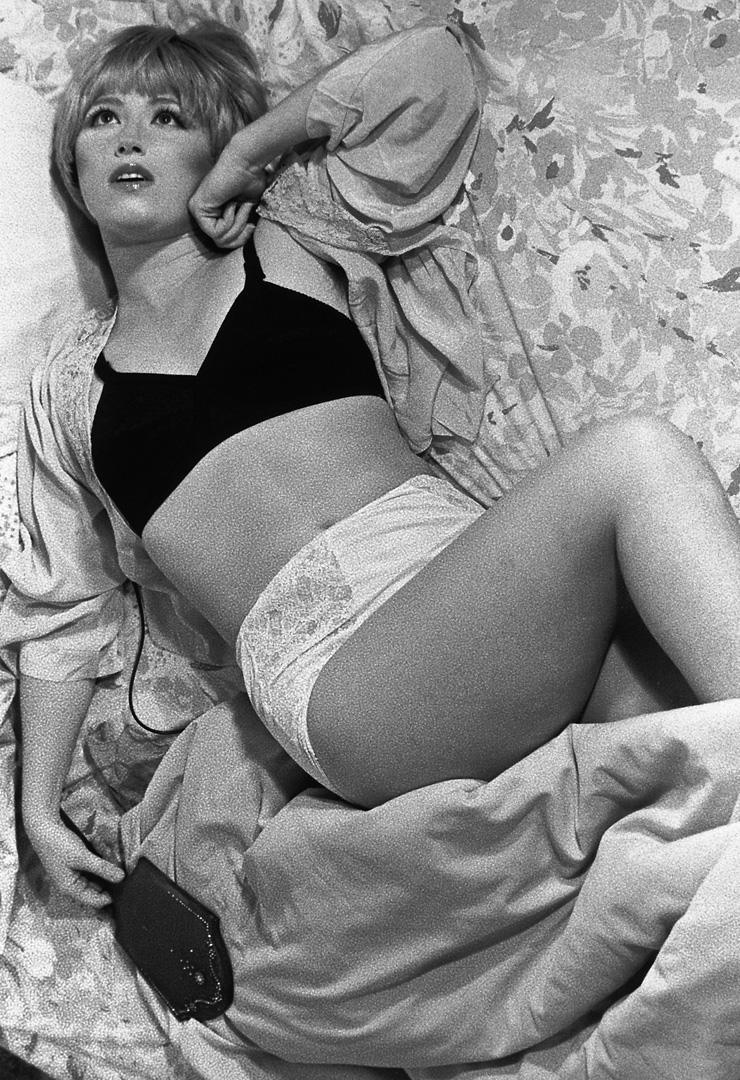Modernism was the time where creativity for art was limitless and women were able to cast their talents without fear of retaliation. Art had no rules and revolution was on everyone’s mind, including artists. Women no longer fit their stereotypes and were able to step outside of their comfort zone. Females can stand out within their artwork and broke out of the traditional ways. Women were no longer viewed as objects and began to embrace their bodies. They broke the traditional ways of women artists and were finally able to express themselves freely during this time. Modernism was a movement that strayed away from the normal way of artmaking.
Claude Cahun was one of the first 20th century females to dress up and photograph herself in art. She paved the way for many female artists because she claimed general freedom of behavior. Claude took pictures of herself in a range of gender-bending stereotypes. “Claude’s pictures were a relief from this sometimes monstrous aspect of history.” It was a pivotal moment for women because she rejected the social norm with her boldness. She showed ownership as she dressed herself and photographed herself. She stayed away from the male gazed as she showed she was in control of herself and everything else around her. “Cahun’s work protested gender and sexual norms and has become increasingly relevant.” Her artwork would have viewers confused whether masculine or femininity, but her end goal was to eliminate stereotypical assumptions.
 |
| Left, “Marcel Moore” and right, “Self Portrait,” by Claude Cahun, 1928 |
Suzanne Valadon and Paula Mendelsohn were the two first women artists to work extensively with nude female form. They both publicly embraced their bodies to display a level of power and ownership. “Marginalized in the aesthetic and political debates swirling around modern art movements in the early decades of the twentieth century, many women turned to the female body as a primary subject of a women’s experience.”(Chadwick 282) They started to work with the female nude body and even included her own body in her portraits.
 |
Suzanne Valadon the blue room 1923
|
As shown above, Valadon is rejecting the ideal stereotype of the women's gaze. Here, instead of presenting the model an object under the control of the male gaze. She emphasizes the awkward gestures of figures in specific apparently in control of their own movements. The model here has clothes on spraying away from the ideal female model being nude. Also, the background shows she is comfortable and adding books means she was exposed to education.
 |
Paula Modersohn Becker self portrait with amber necklace 1906
|
Here, Modersohn Becker breaks away from the belief that a women’s body should be displayed only for males viewing pleasure. Her representation displayed ownership of her body and comfort. Modersohn-Becker ignored conventional perspective and anecdotal detail to produce to produce monumental images of motherhood. “Her nude self-portraits may be the first such paintings in oil by a woman artist, but as such, they reveal all the contradictions inherent in the woman's artist's attempt to insert her own image into existing artistic conventions."(Chadwick, 289)
Postmodernism started shortly after the second world war as a reaction to modernism. Modern ism was viewed from an abstract perspective, postmodernisms goal was to overthrow modernism. With art and society, we can describe it with attributes such as irony, skepticism, and uncertainty. AS postmodernism was explained by Chadwick, “ The term postmodernism has been used to characterize the breaking down of the unified(though hardly monolithic) traditions of modernism.
 |
Barber Kruger Untitled ( you gaze hits the side of my face)
|
Postmodern art was filled with conceptual art, installation art, performance art, photography, and technology. Females were able to express themselves in away way they felt. Their goal was to overthrow the practices of modernism that only saw value in elite artists. All art was equally viewed and had the capacity to change lives. Females no longer wanted to be
Although females have reached superstar status in the early 1980s, women no longer wanted to be viewed a token woman, they wanted the same title as a male artist.
Cindy Sherman was one of the first to embrace
the new style of postmodernism. She felt that she didn't have to paint anymore
and the pictures she wanted can just be photographed. She is the subject of all
of her photographs. Her series Still Films shows many characters, such
as wife, monster, housewife and more to show how women are perceived. She
is the subject of her photograph, but she is pretending to be someone else. She
comments on television in the photograph and the movies. She emphasizes how
television shapes identity. Usually it tries to put people in a box, and she
wanted to comment on that. First of all, that women are subjective and male gaze,
but she does it as a critic. She doesn't photograph herself for the pleasure
anymore but at a statement against it.
 |
Cindy Sherman untitled film still 1979
|
Modernism and postmodernism were ideal time periods for the art world. As women had to prove themselves as elite during the modern period to be able to be equally praised in the postmodernism period. Women became pioneers of the art world after fighting for so long. Women progressed as time went on from being viewed as objects to creating work that changes lives. During modernism, the main goal was to overthrow the conventions in the past and in postmodernism artists began to make more socially conscious art pieces that displayed a reality. With the achievements that women made during the modernism gave them a more positive outlook in the future until it was all after the second world war where they had a level of uncertainty.
No comments:
Post a Comment